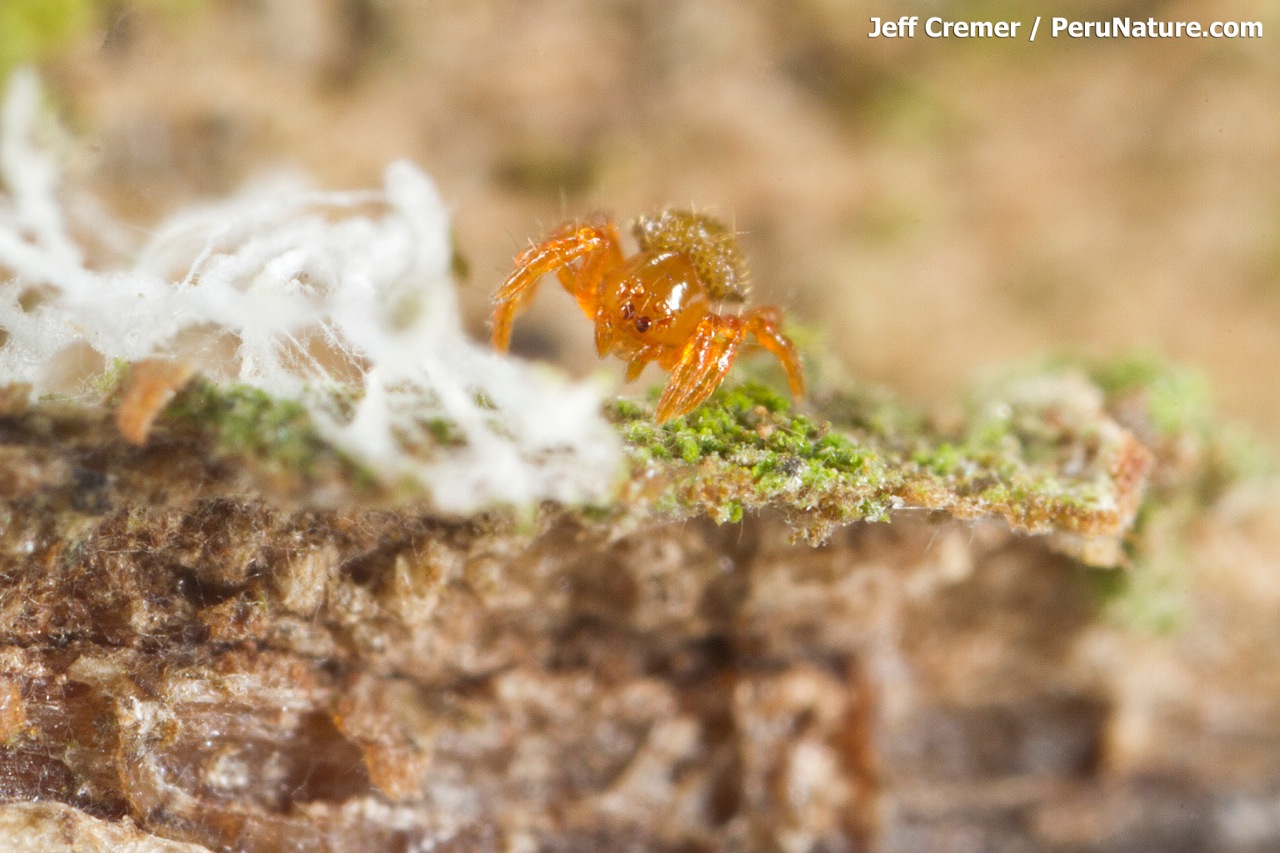Golden Spiderlings Hatch from Bizarre 'Silkhenge' in Amazing Video

The tiny spider occupants of a curious silk structure resembling a miniature Stonehenge have been caught in the act of hatching, captured on video for the first time as they emerged from their peculiar "silkhenge."
The silk domicile's unusual shape — a ring of tiny pillars surrounding a central cone that tapers to a thin spire — stymied scientists when it was discovered in Tambopata, Peru, in 2013. Experts speculated about its origins, but no one could say for sure what had built it or what its purpose might be. Part of the mystery was resolved months later, when researchers returned to the area, collected samples of the silk constructions, and observed baby spiders emerging, one from each central structure.
And recently, researchers recorded the first video of the hatchlings in Yasuni National Park in Ecuador, posting the footage to YouTube on Dec. 14, 2016. [In Photos: See Spiders Hatched from Web Towers]
Much about the odd web structures and the spiders that build them is still unknown, but witnessing their "birth" firsthand will help scientists begin to piece together this intriguing puzzle, biologist Phil Torres, one of the researchers who observed the spiders hatching, said in the video.
Their footage shows two translucent, golden spiderlings pushing their way through a rent in the central silk cone, and the excitement in the observing scientists' voices as they watch is audible and infectious, with one exclaiming, "These are our babies now!" as the tiny spiders took their first steps.
"Scientific discovery kind of sounds like freaking out," Torres added.
A total of three spiders emerged from five structures collected by the scientists, according to the video description, and they appear to represent a species that is new to science. Next steps will include describing the spider and identifying its position on the spider family tree, Aaron Pomerantz, a doctoral candidate at the University of California Berkeley, said in the video.
Get the world’s most fascinating discoveries delivered straight to your inbox.
Pomerantz, who also observed the spiderlings' birth, explained that identifying species typically involves examining physical traits in adult specimens — which were yet to be found for this new species. But DNA analysis could also link this new discovery to known spider species and pinpoint its closest relatives, Pomerantz explained.
For now, at least, much like the eggs that are hidden within a complex silk sculpture, the identity of the silkhenge spinner still remains under wraps.
Original article on Live Science.

Mindy Weisberger is a science journalist and author of "Rise of the Zombie Bugs: The Surprising Science of Parasitic Mind-Control" (Hopkins Press). She formerly edited for Scholastic and was a channel editor and senior writer for Live Science. She has reported on general science, covering climate change, paleontology, biology and space. Mindy studied film at Columbia University; prior to LS, she produced, wrote and directed media for the American Museum of Natural History in NYC. Her videos about dinosaurs, astrophysics, biodiversity and evolution appear in museums and science centers worldwide, earning awards such as the CINE Golden Eagle and the Communicator Award of Excellence. Her writing has also appeared in Scientific American, The Washington Post, How It Works Magazine and CNN.

